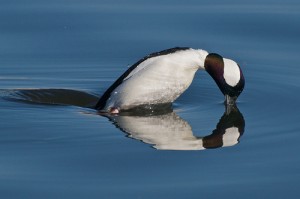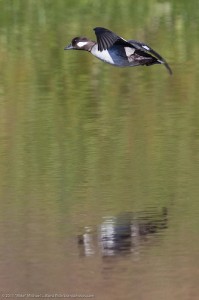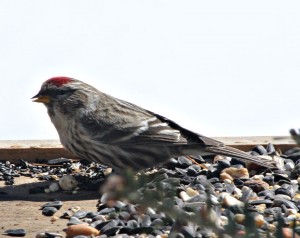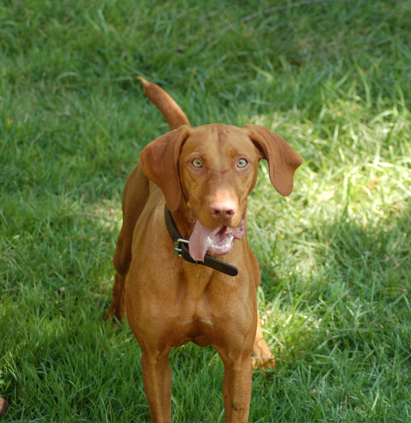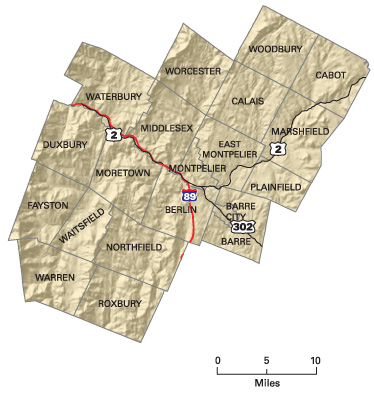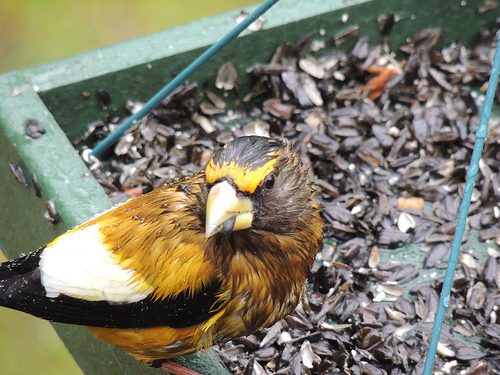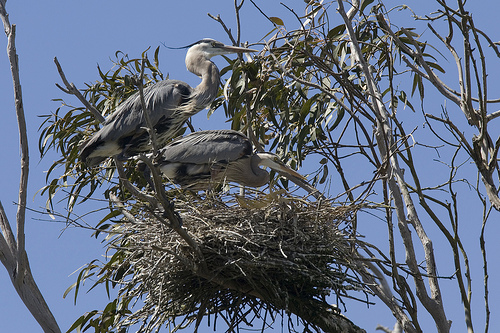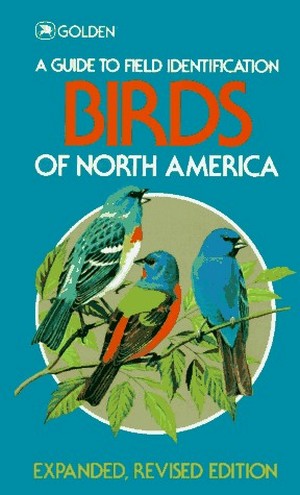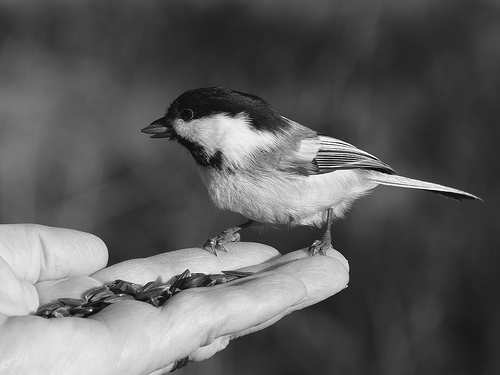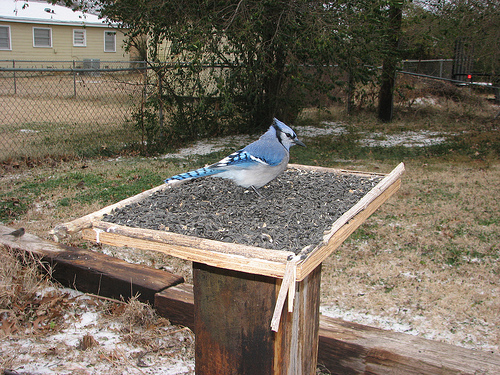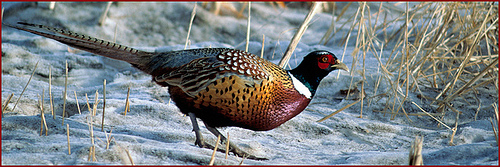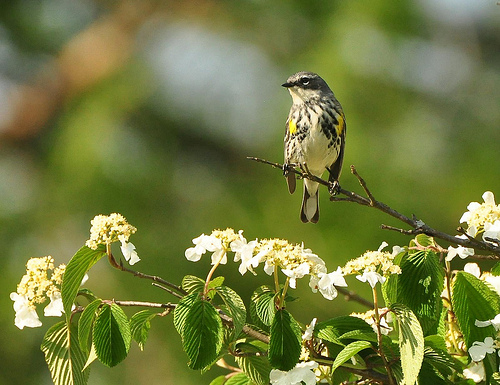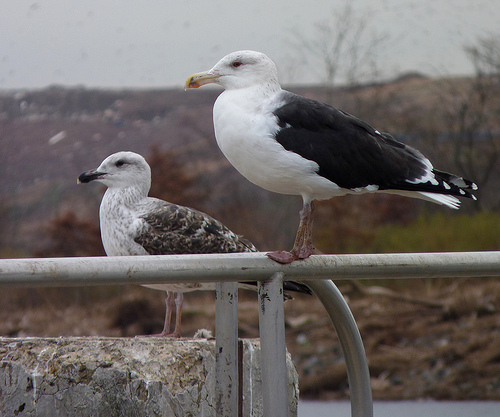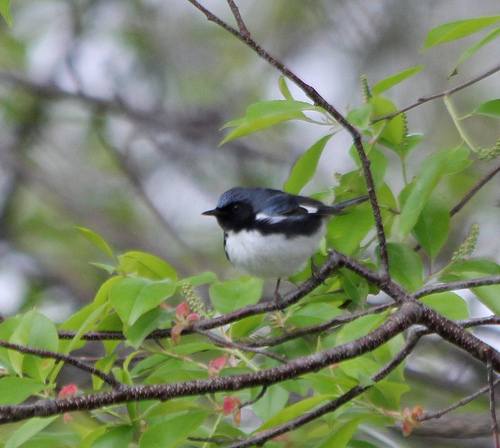Harry, the chaffinch, provided the BIG spark for Margie:
I have two sparks–the first being then five year old Jason who received a field guide for a holiday gift . At the suggestion of my aunt, we began taking him on BBC walks/trips which I also enjoyed, for seeing birds, learning the names of the common birds, but probably even more so, for the social nature of the birding walks. I would mostly rely on Jason or others to tell me what we were seeing.
But the BIG spark came when we had a chaffinch arrive in our yard three years ago. It was early morning Dec.1st, and Jason was leaving for work. He came running back into the house, pulled out a European field guide, and told us to watch for a bird that looked something like a house finch, and call him if we saw it, which we did. Early the next morning we had our first three visitors –Jason wanted confirmation in case the bird only stayed a day or so. (Little did we know that we would be hosting this visitor for three months!)
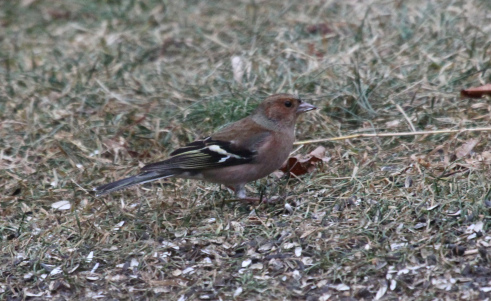
Harry, a chaffinch similar to this one, attracted many birders to Margie’s kitchen.
Harry, as we called the bird, was not the actual spark–it was having so many people over the next month or two spend time in our kitchen enjoying what was for many a life bird. Listening to all the conversation going on gave me a whole new vocabulary and made me so much more aware of ways to really “see” and appreciate birds.
While I often still rely on Jason and others to tell me what I am looking at, I now know all our yard birds and most of the common birds local birds, and will use a field guide to try to figure out what something I don’t immediately recognize is.
By the way, the Post-Its I used to note visitors and Harry sightings are still on the wall in my kitchen!
A Google search for Ivory-billed Woodpecker rekindled Tim’s birding passion:
A little background first. I was interested in birds from age 6 to 9 and then totally and completely forgot about them until I was in my early 30s. Now I look back and wonder how I ever survived those middle years.
I grew up in southwestern Ohio, and at the time did not know that a raptor rehab center was a rare thing. My father would take me (along with my older brother) up there at times. On one of the trips, we stopped by the associated nature center on the way home. They had a nice feeder setup, including a big suet block; all of this was visible from the warmth of the visitor center. I was just shy of 8 years old at the time, and had already plowed my way through the Golden field guide. The two largest American woodpeckers had interested me for some reason or another, and I had memorized their paintings and descriptions. When the guy running the center asked me my favorite bird, I said “Ivory-billed Woodpecker”. He informed me that he got Pileated Woodpeckers on occasion, and then said “well here he comes now”. I found myself within a few feet (glass in between) of a stunning male Pileated Woodpecker chowing down on the suet. He was big, bold, and magnificent, and seemed as big as I was. I have never forgotten this moment. And when I see a Pileated, I stop and admire them. And it is easy to get transported back to the winter of 77/78.
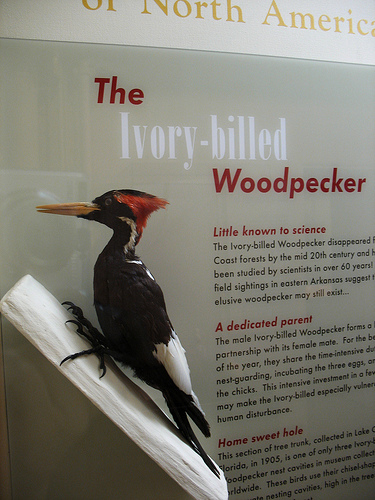
Tim has had a long-time interest in Ivory-billed and Pileated Woodpeckers. photo by hyperion327
The “spark” that got me back into birds was very simple. For nearly 20 years I was an observational astronomer, meaning that I spent at least a few nights a month on the all-night shift. As anyone that has done night shifts knows, you’ll do ANYTHING to stay awake and defeat the tedium. For some reason, I threw “Ivory-billed Woodpecker” in the google search bar in the winter of 2001/2002, and wondered what had ever happened with these birds. And that was all it took. My love of birds resurfaced in my early 30s, and it still retained a lot of the joy and intensity I thought only a youngster could feel. To this day there are still birds that will make my knees shake when I see them (like the Connecticut Warbler Brian Harris and I saw this fall in Wayland), and some, like the Plymouth Ivory Gull a few years back, and nearly bring me to tears.
CJ summed up his three sparks:
1) My grandfather was a forester in Pennsylvania. He had two huge posters in his kitchen – one the Birds of Pennsylvania, the other Pennsylvania Birds of Prey. I would gawk at them for hours when I was small.
2) Eight years old and walking down a backwoods road with friends. I was making crow noises. We were attacked by a red-tailed hawk.
3) Took an ornithology course at Allegheny College. On a field trip to Erie National Wildlife Refuge the bus was going through the grounds of the refuge. A huge creature took to the air – I managed to stammer out something about a Big Bird. It was a Great Blue Heron. It was all over after that.
Paul thinks that he may have started birding before birth:
Not sure this had anything to do with it but in 1968 my (expecting) mother sat in our tree and bush-filled yard just north of Detroit and watched birds from her chair while my sisters played. Can you start birding BEFORE you were born?
As a kid I remember putting up small sticks near tern and plover nests as warnings to cars and beach-goers along the Race Point and Long Point shoreline during summers on Cape Cod (guess it didn’t work that well).
I have a photo of me when I was 8, Chickadee perched on fingertip ready to pluck a sunflower seed. I remember thinking how rare and exciting it was to have both species of nuthatch come down to snag a treat. I think that photo comes close to “the moment”.
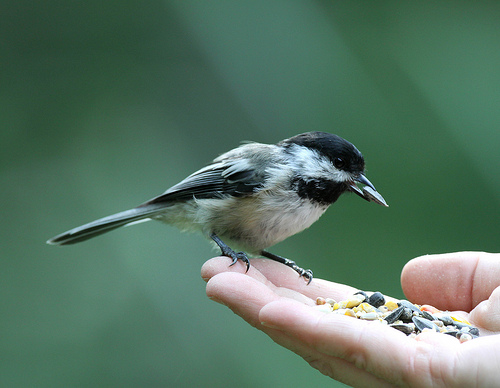
Paul recalls hand-feeding Chickadees at age 8. photo by Dawn Huczek
When I was 10 I dug the condenser mic from my inherited boom box and mounted it on an arm extending from a wok cover… a perfect parabolic mic. I remember how incessantly the Tennesee Warblers sang from the canopy, how aggressive the Ruby-crowned Kinglets and House Wrens sang and scolded at playback, and how complex the song of the rare Canada Warbler was when the odd one would happened through the undergrowth.
Sure would be nice to make a living at that kind of stuff.
Josh details three sparks on his pathway to birding:
#1 was when I was probably 2 or 3 years old, then living in Peabody. My father grew a backyard garden including a little patch of corn. His corn would get raided by Ring-necked Pheasants. The male pheasants just blew my little mind. I have been all about nature ever since.
#2 was several years later. I talked my father into taking me to a Mass Audubon field trip visiting Plum Island in May. It was my first real taste of hard-core neotropical songbird migration, with warblers, vireos, tanagers, orioles, etc. The one bird that really stands out in my memory from that day was the Canada Warbler.
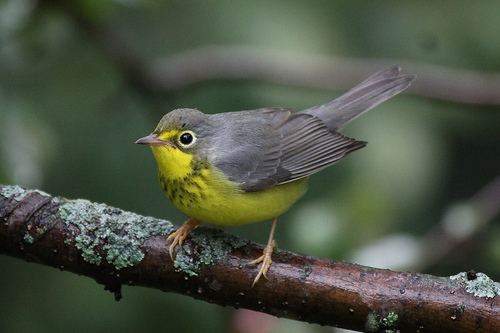
Josh remembers a Canada Warbler as a standout bird on a memorable Plum Island visit. photo by Jeremy Meyer
#3 was around the same time (may have actually taken place before #2, my memory of the chronology is a bit hazy). But it was not a bird, it was a person. My school had a weekly extracurricular activity period. Different teachers offered different activities and students signed up for their favorites. I was the only student who signed up for bird-watching. Leading this activity was the school’s Latin teacher, Barbara Drummond. A few of you might know her. That activity period introduced me to birding clubs, hot-spots, listing, all of the social, recreational, and informational framework that birders have built up in conjunction with this activity that we do. From that point on, birds eclipsed other interests and organisms. Abandon all hope, ye who enter.
A few years after that, in high school, I took an ornithology class from yet another Latin teacher, that one named Tom Burgess. Birding and Latin must go together on some level.
Initial Post Responses: Part 1 Part 2 Part 3 Part 4 Part 5 Part 6 Part 7 Part 8 Part 9 Part 10
Join those who comment on what spark set them on their birding journey? Tell us about it with a comment below. You should sign up by RSS feed or via email to have future “spark” articles sent to you. Thanks
